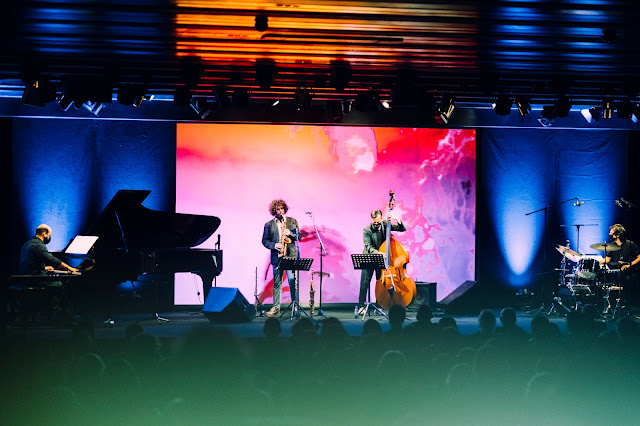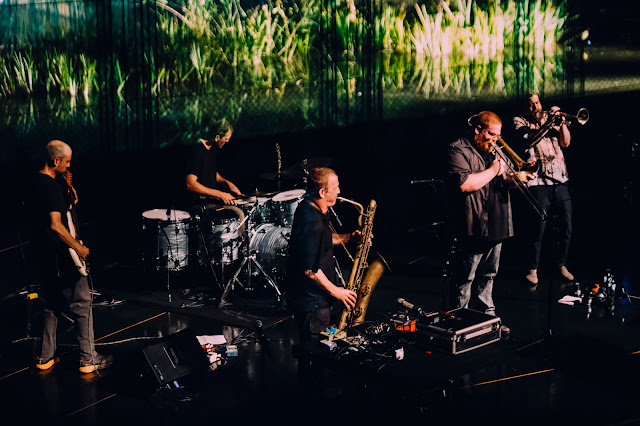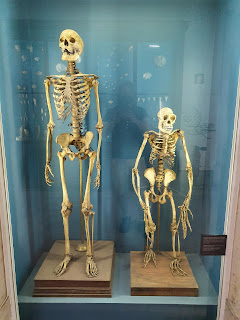Today, I took a walk to one of Lisbon’s botanical gardens — there are actually a number of places that could serve as such, but this one is the Jardim Botânico de Lisboa, a part of the University of Lisbon — perched on the hillside near the old, winding streets of Bario Alto. The entrance was unexpectedly free, and as I began descending into the gardens, I was immediately struck with the desperate feeling of wanting to go three places at once: the bridge over a small fern festooned ravine, the winding path up to a small sitting area, and barrel on straight ahead to see what was next. What a delightful problem to hang onto for a moment while letting all the others go for a moment.
João Pedro Brandão
 |
| João Pedro Brandão’s Trama no Navio. Photo by Vera Marmelo – Gulbenkian Música. |
Fire!
 |
| Fire! Photo by Vera Marmelo – Gulbenkian Música. |





